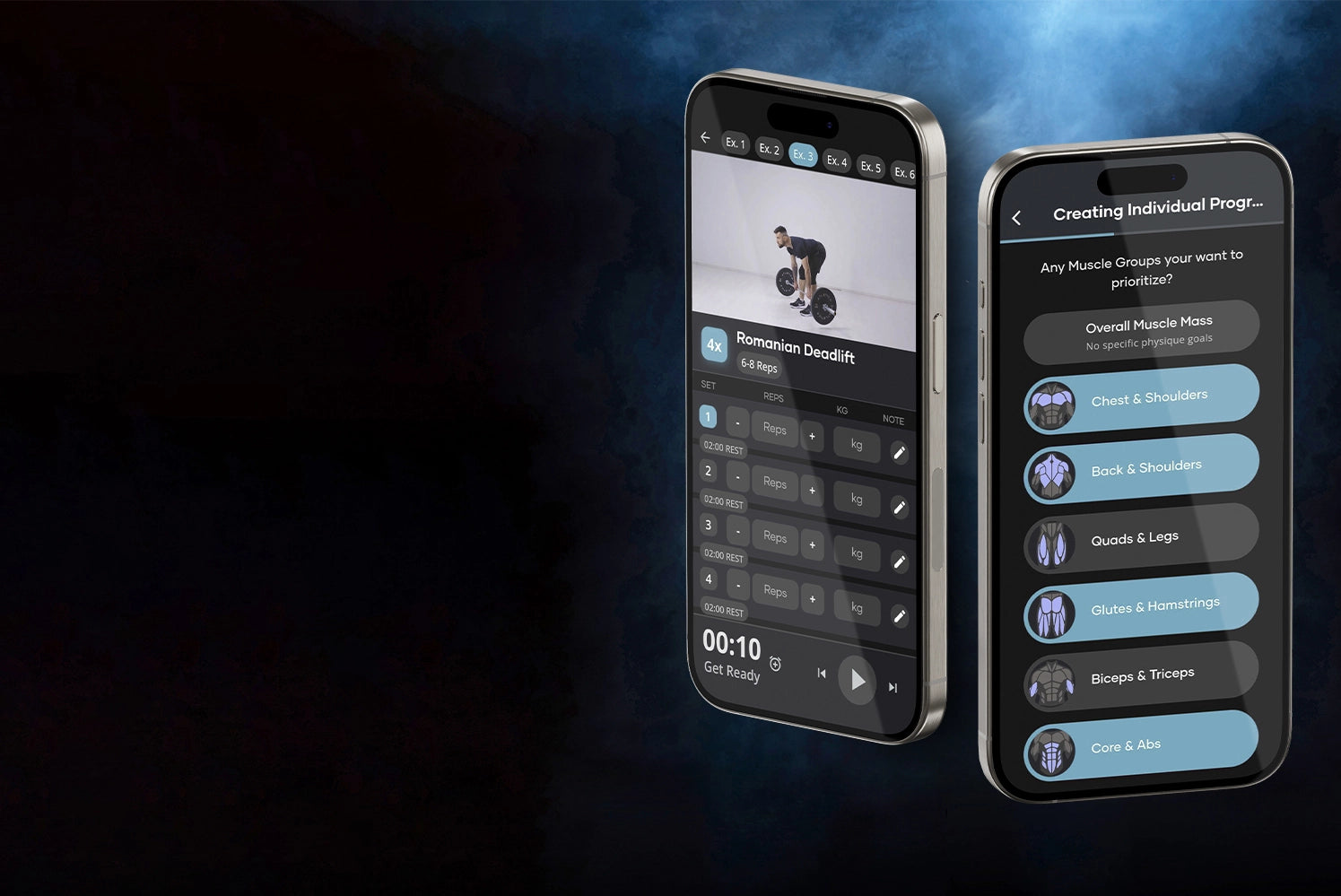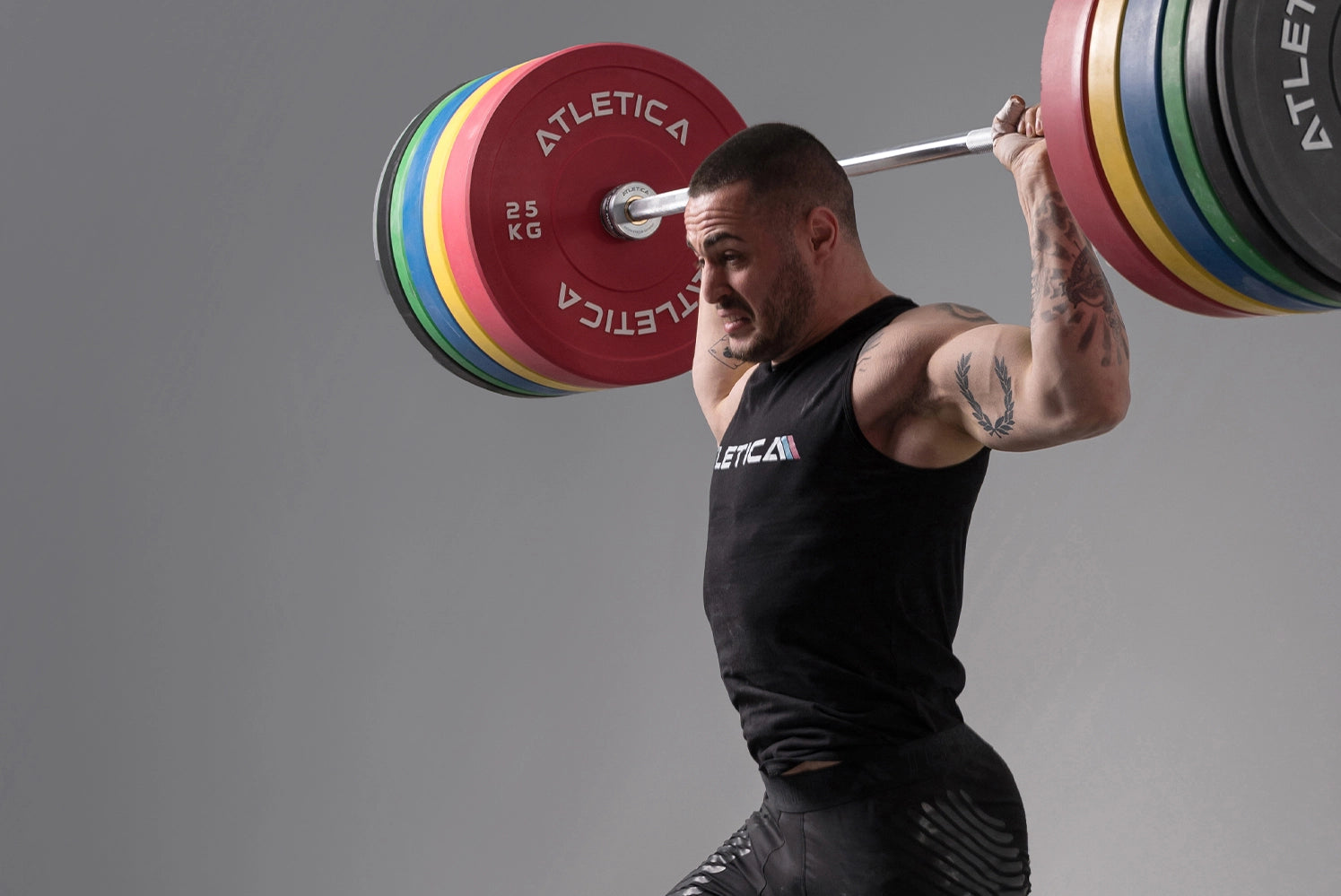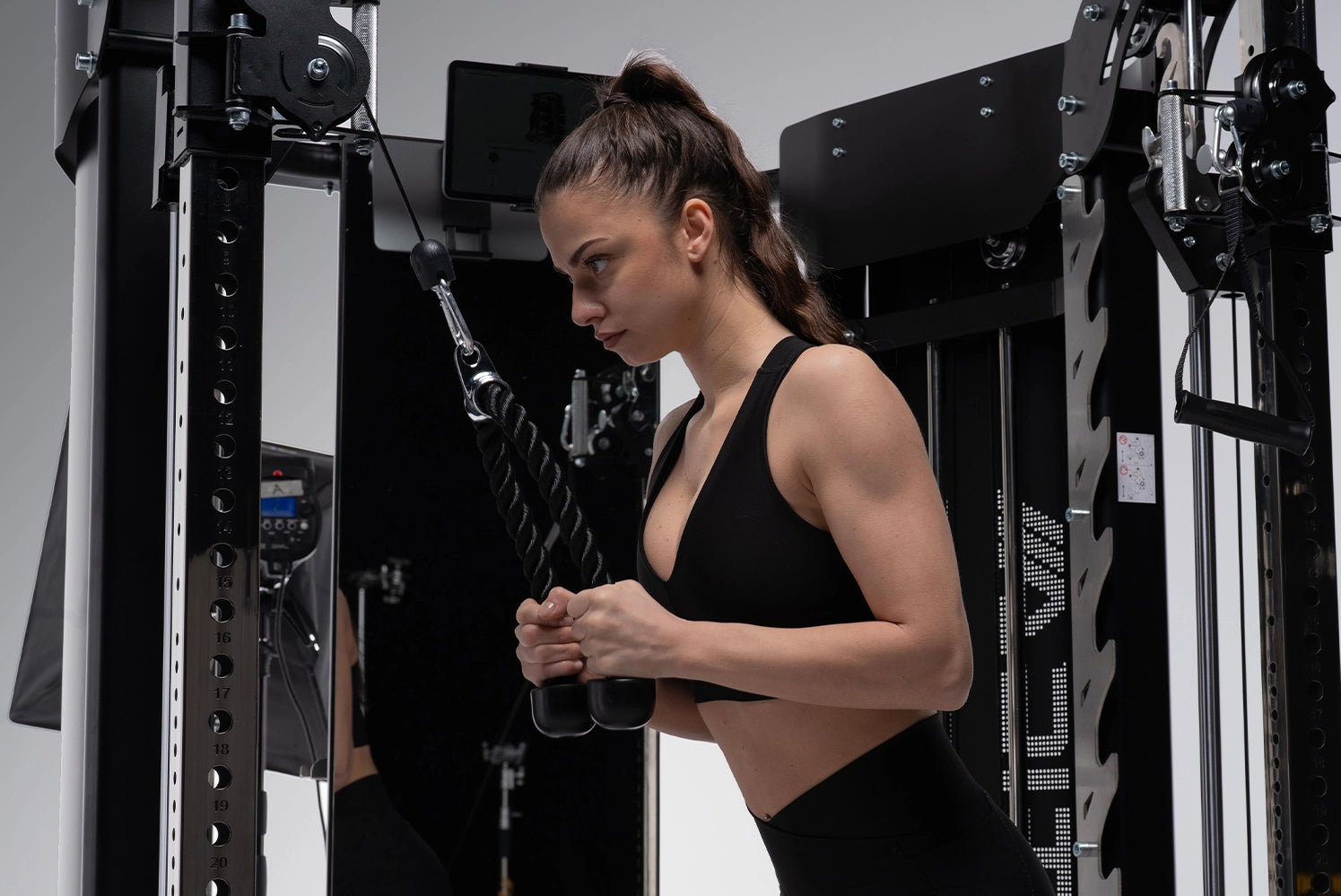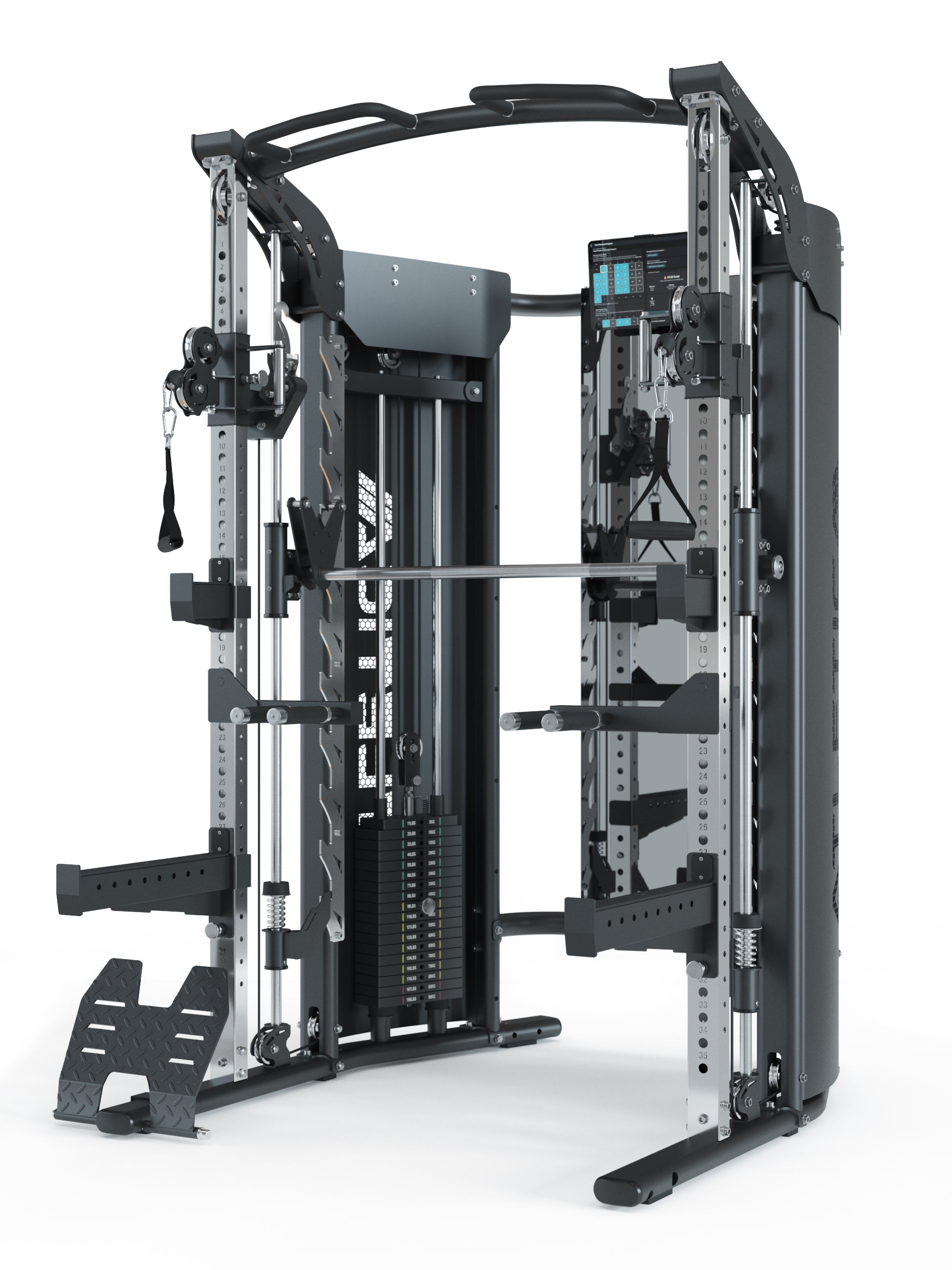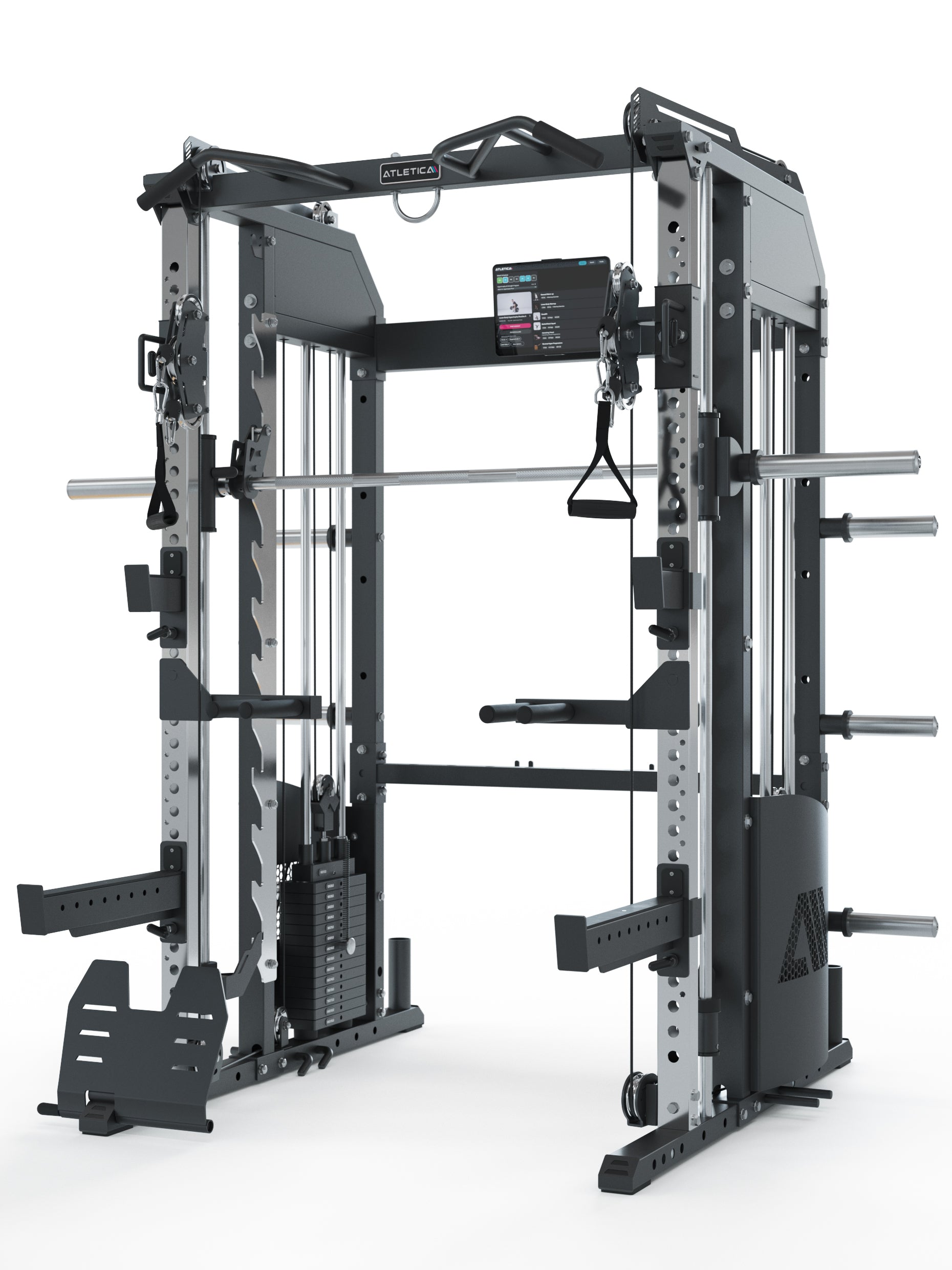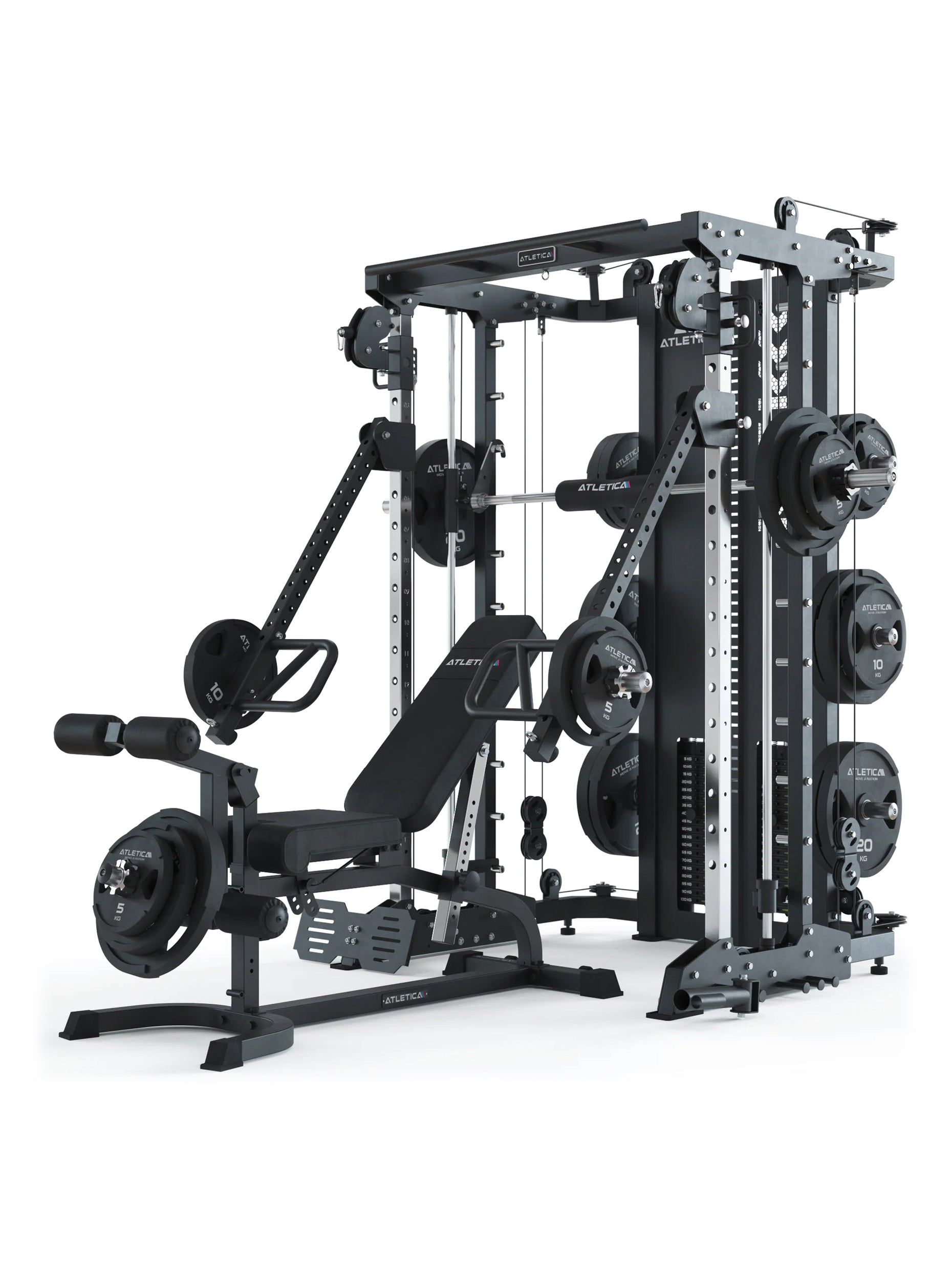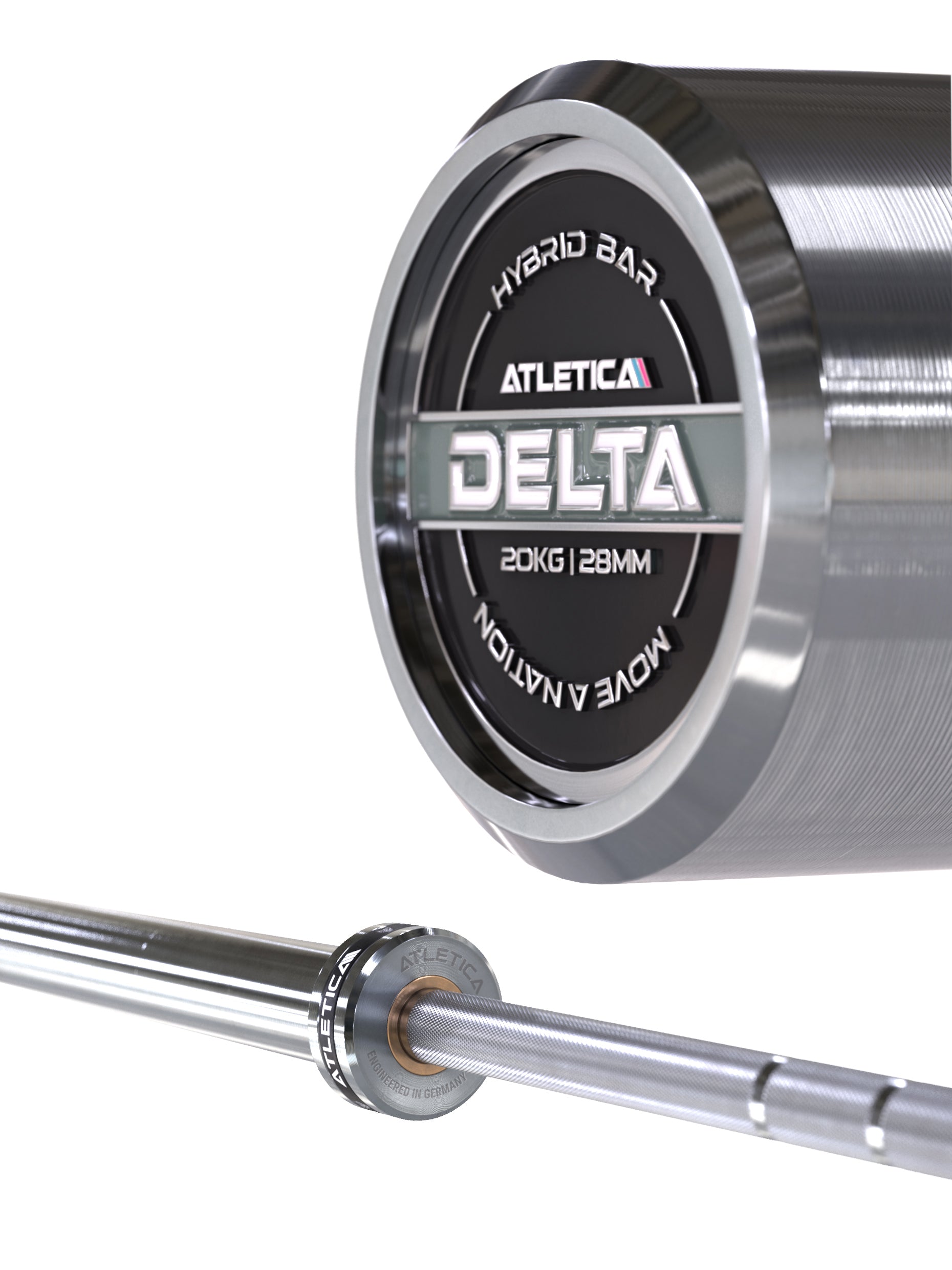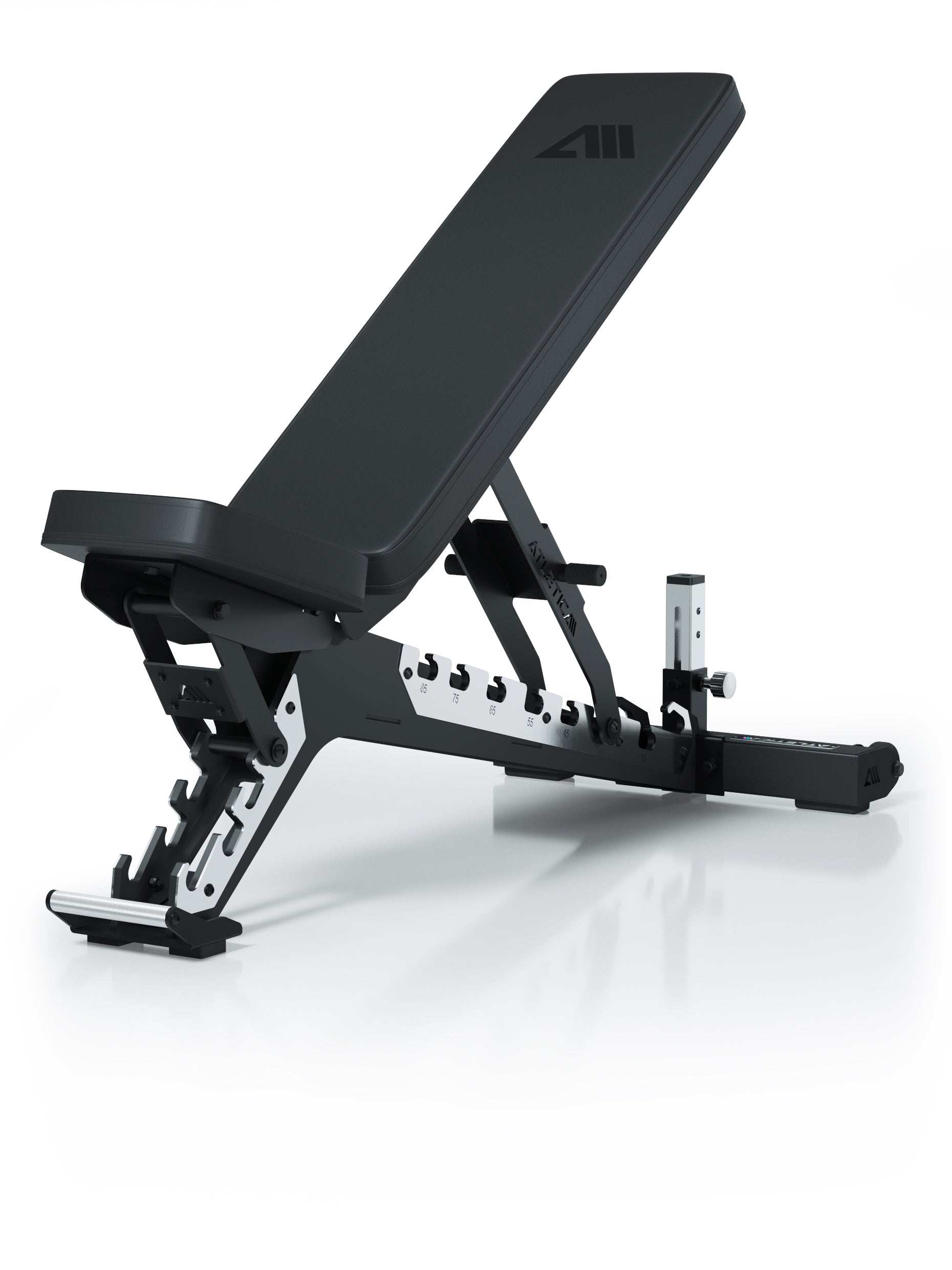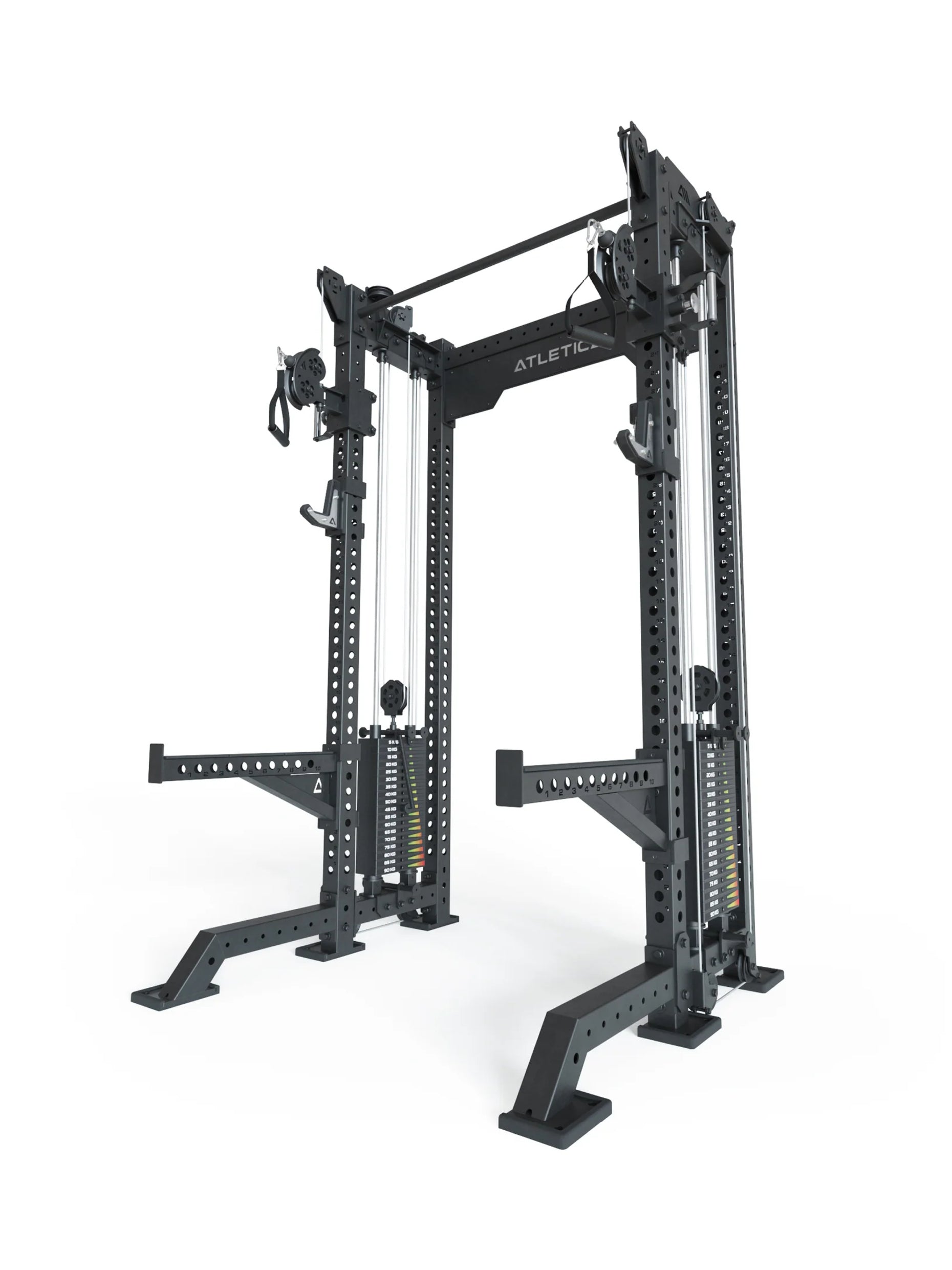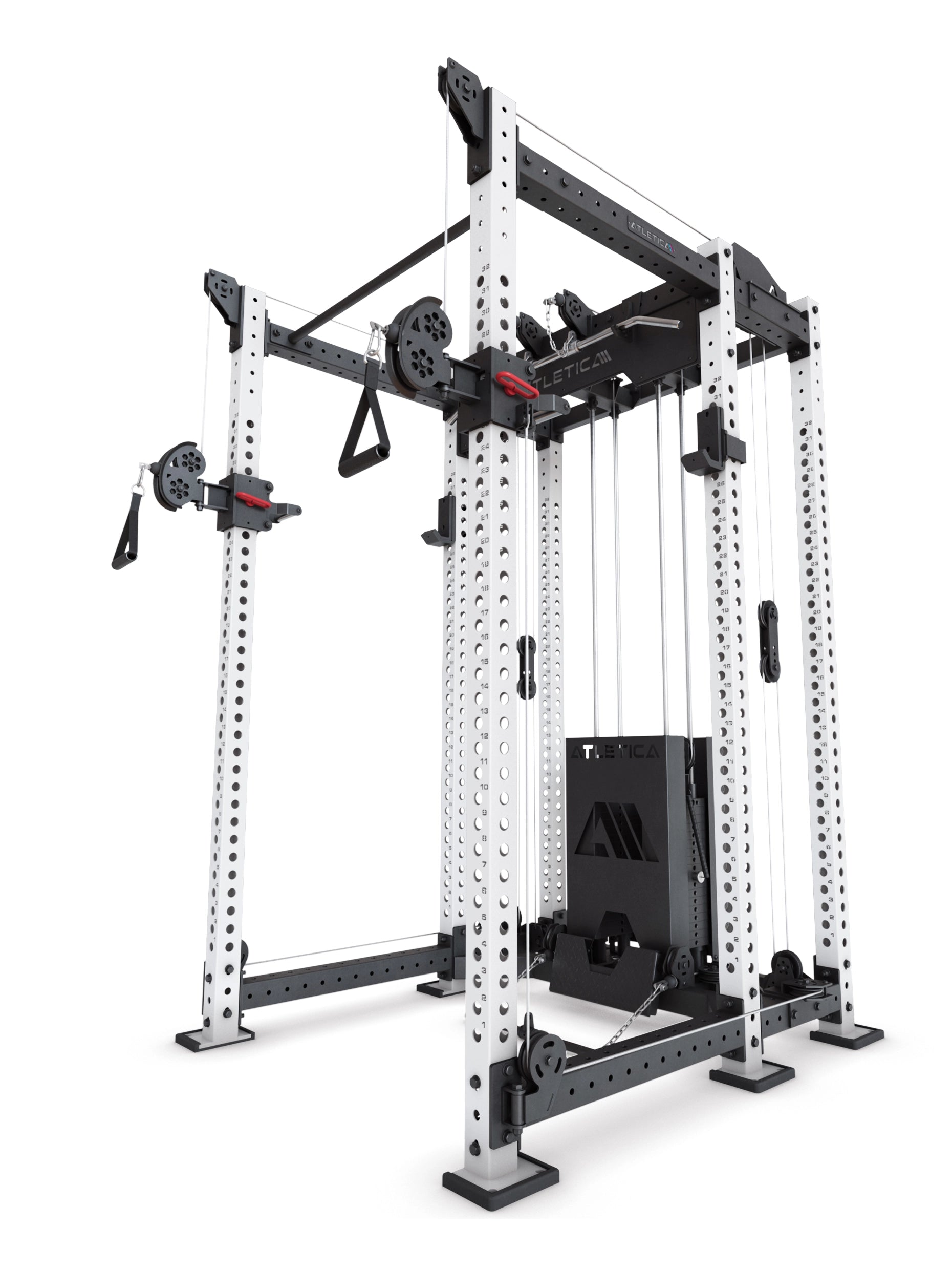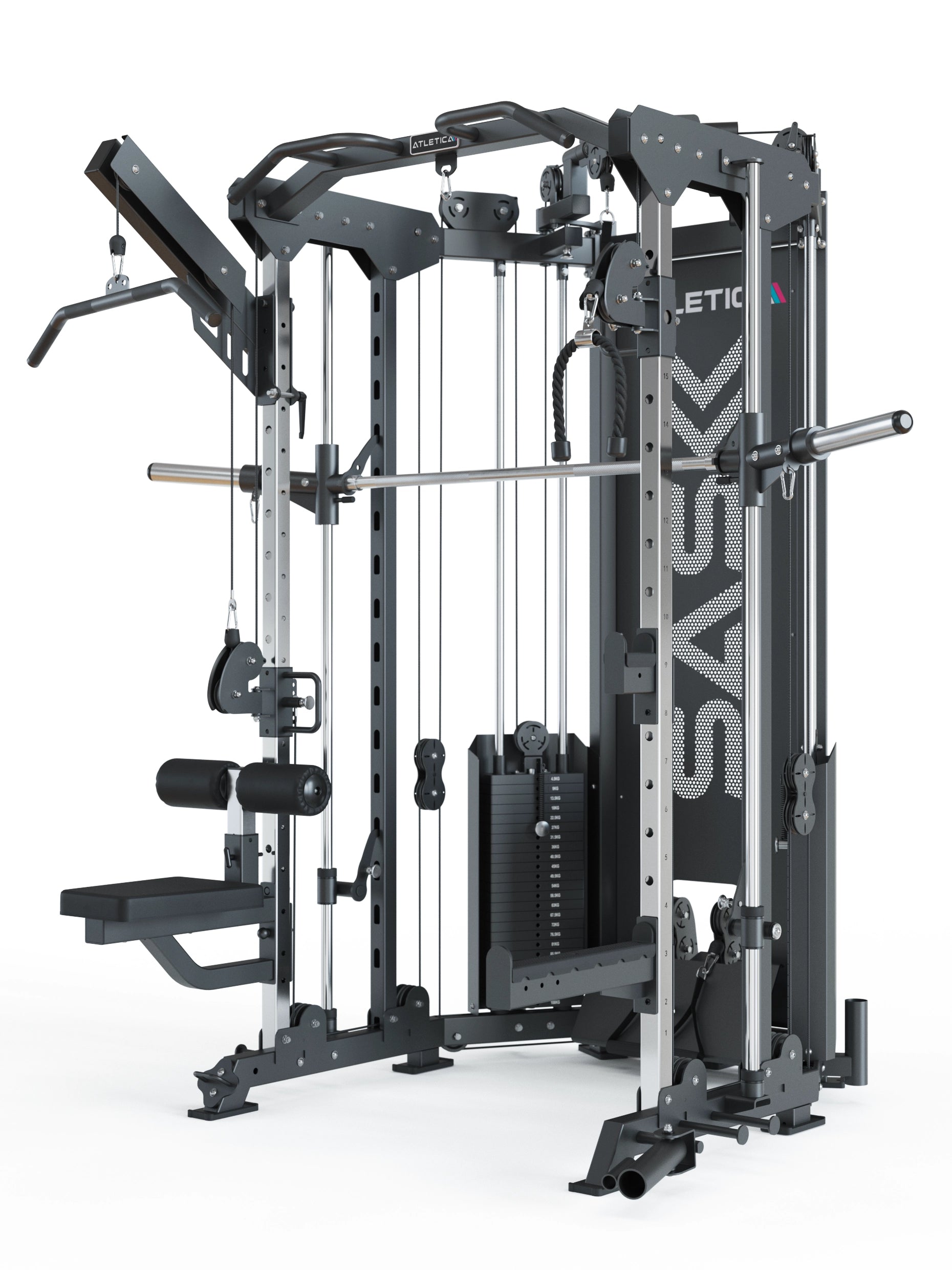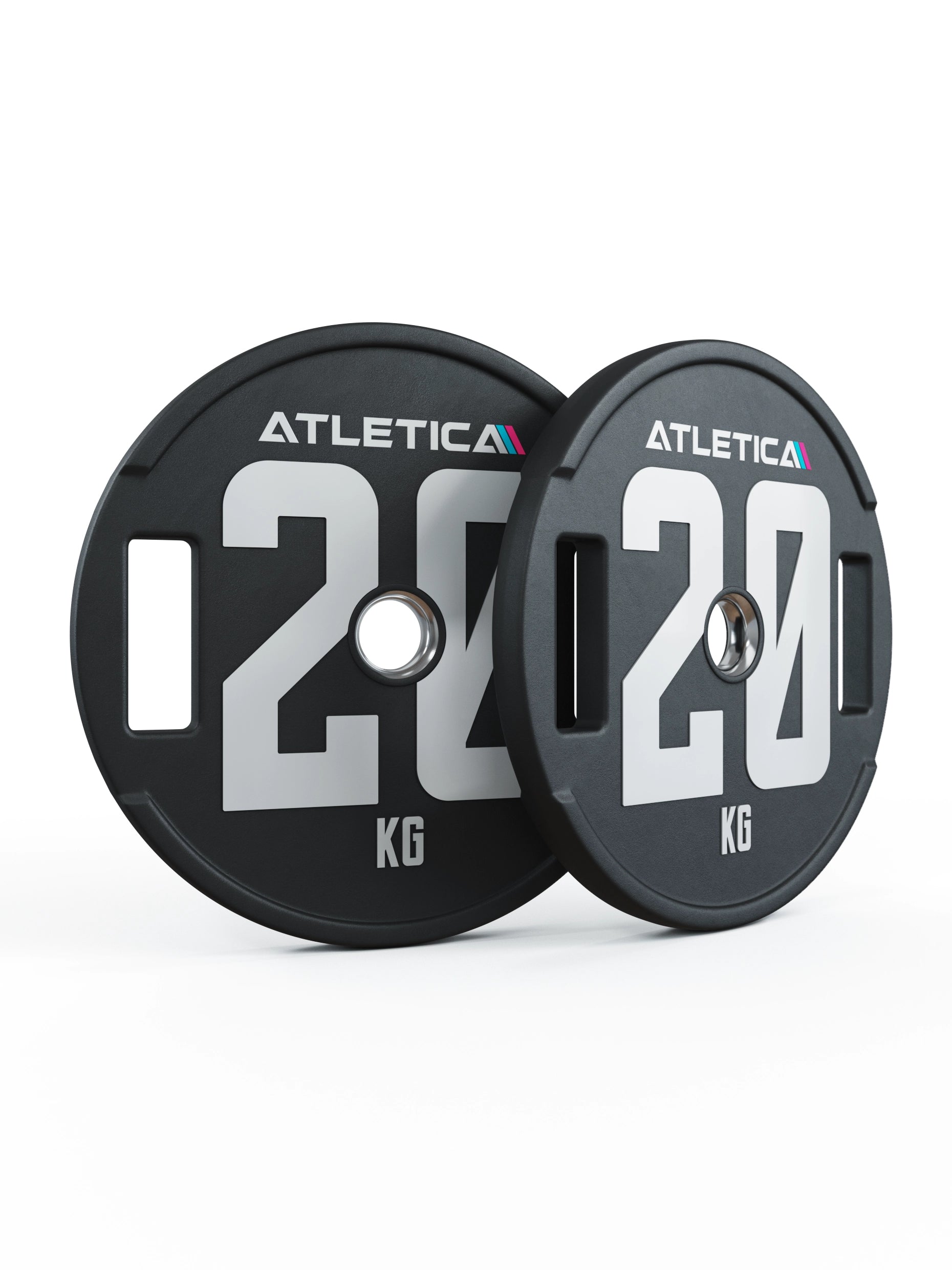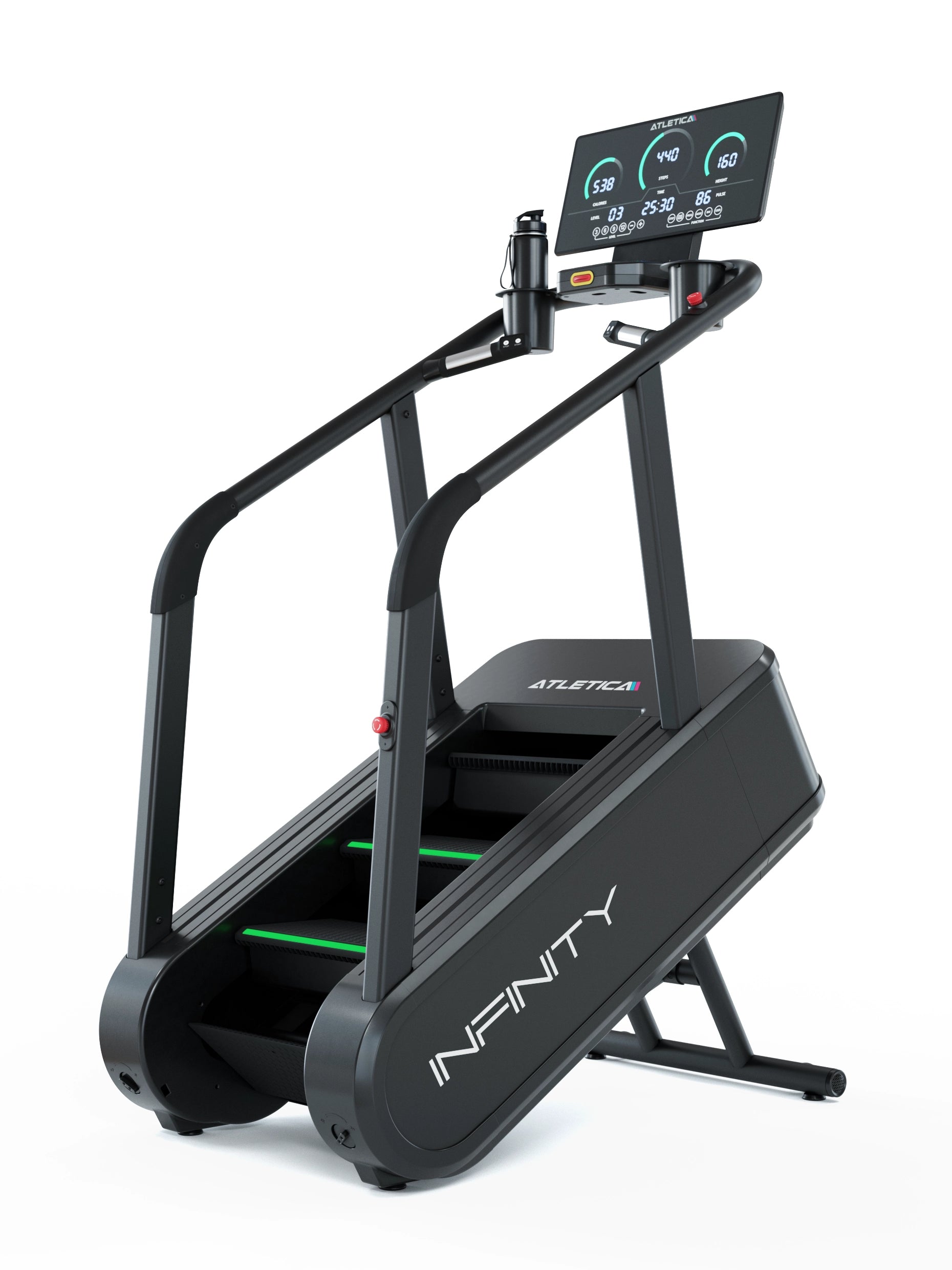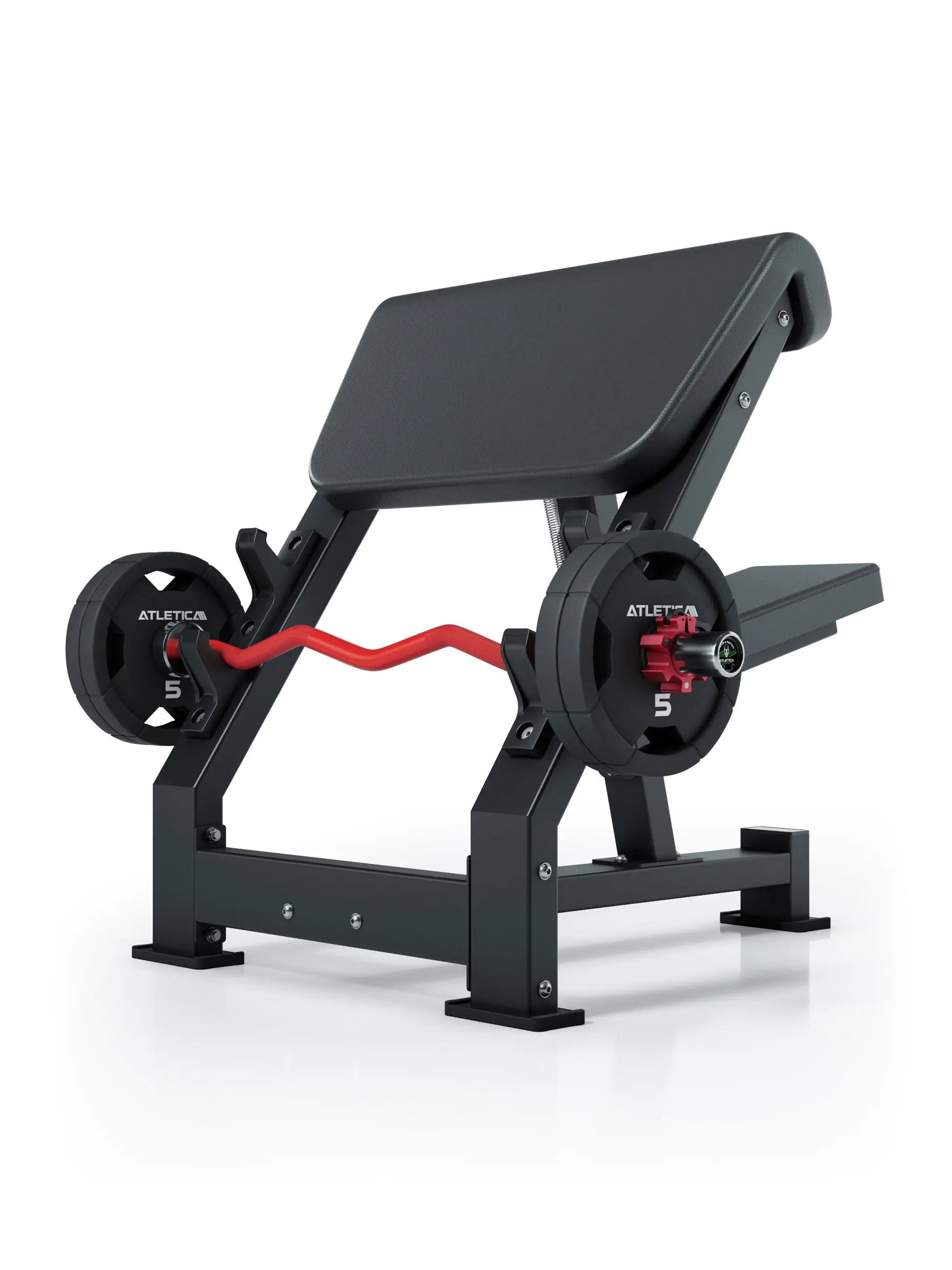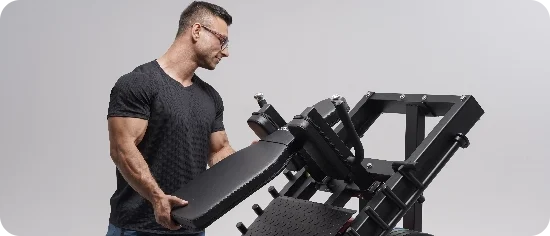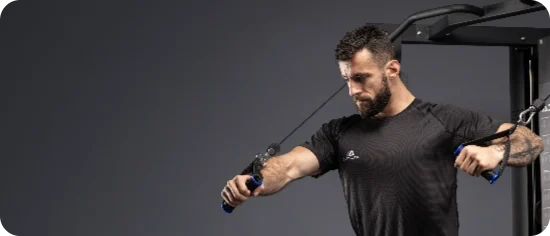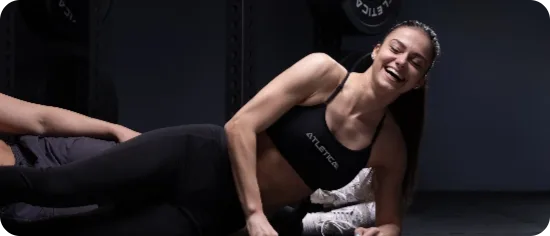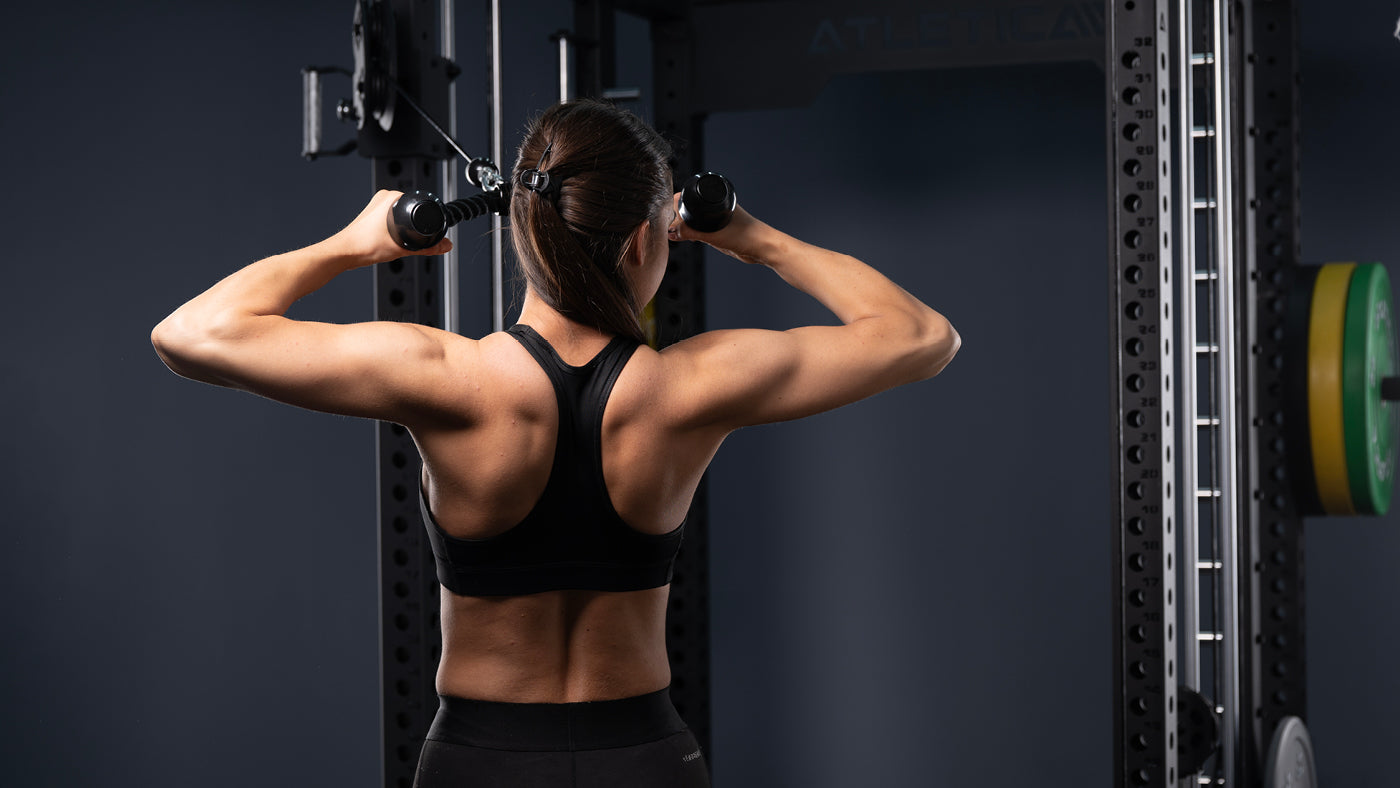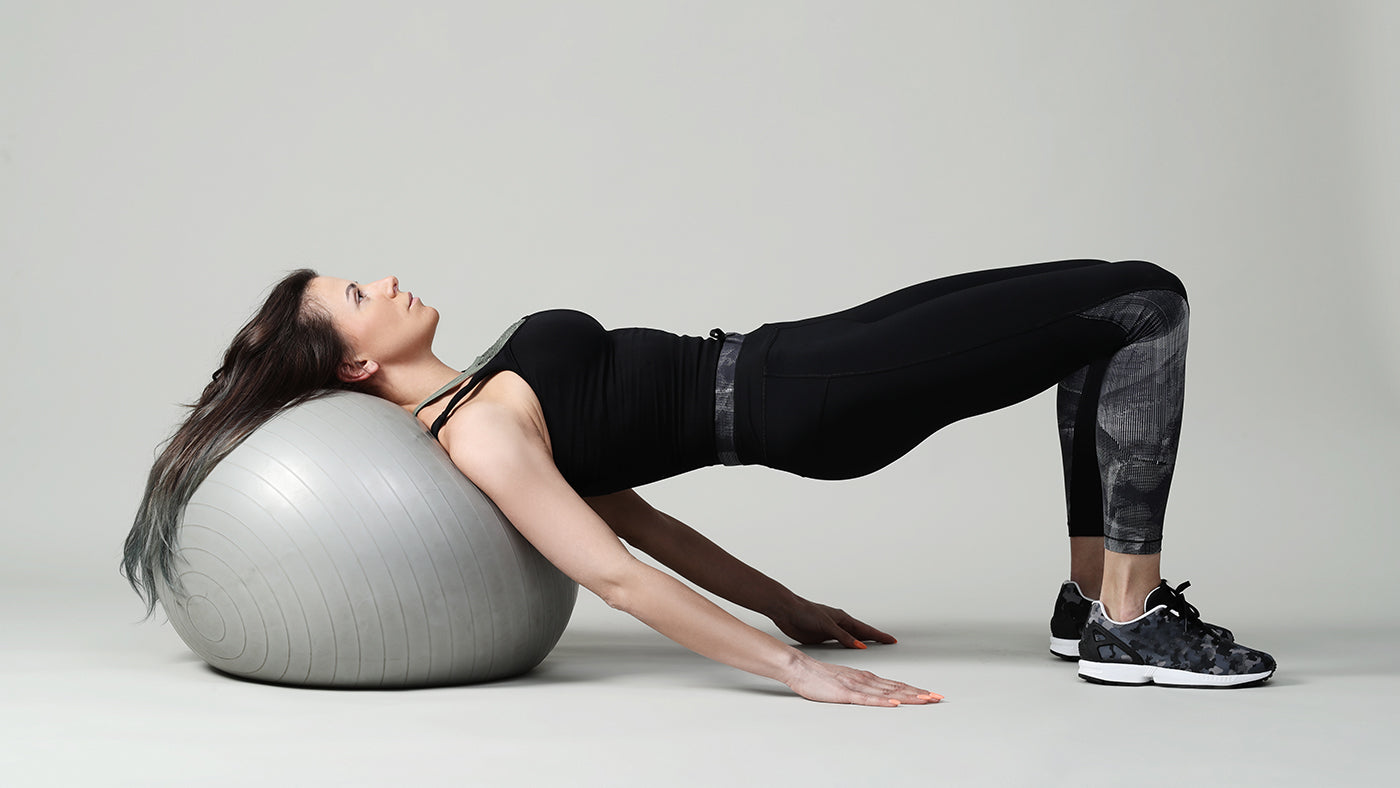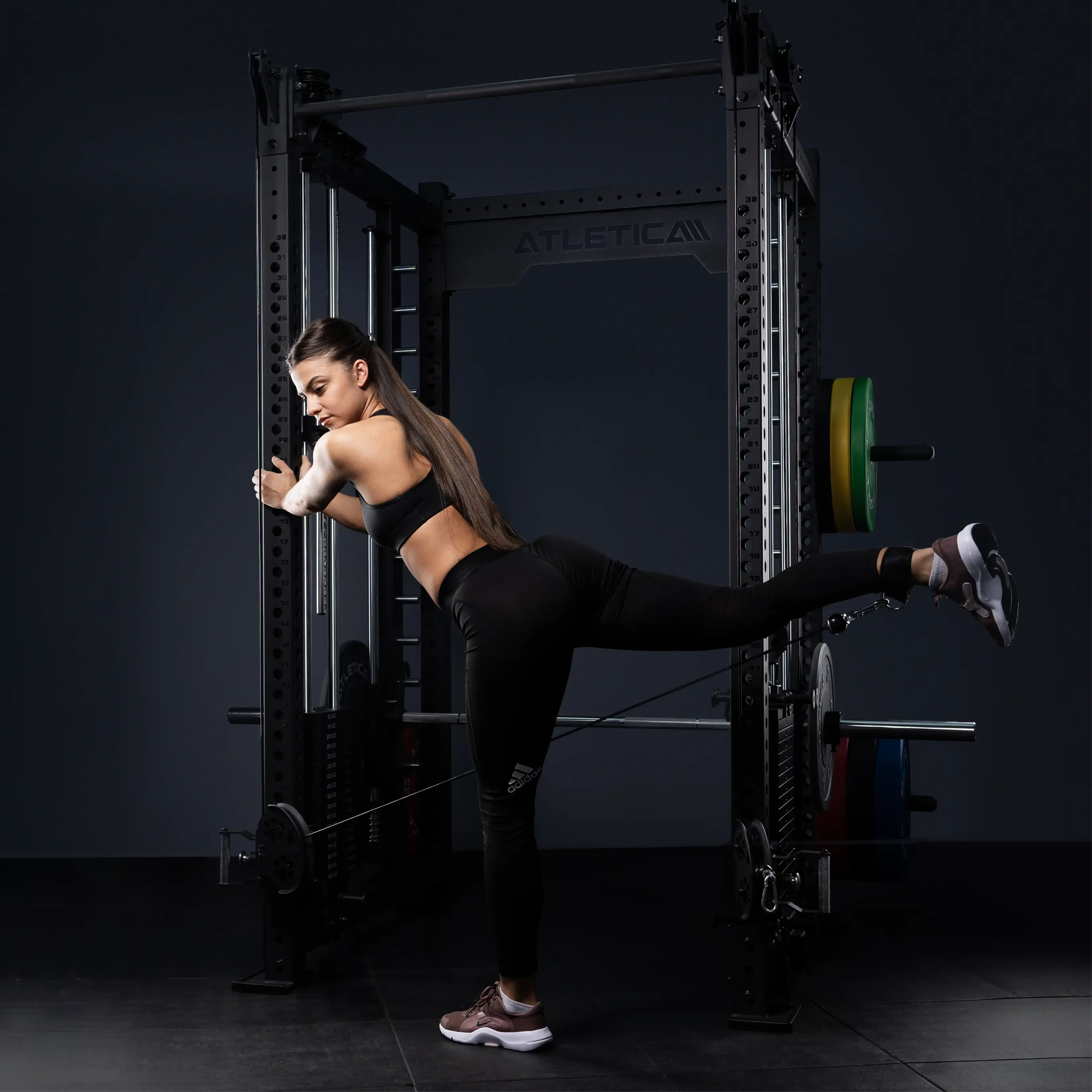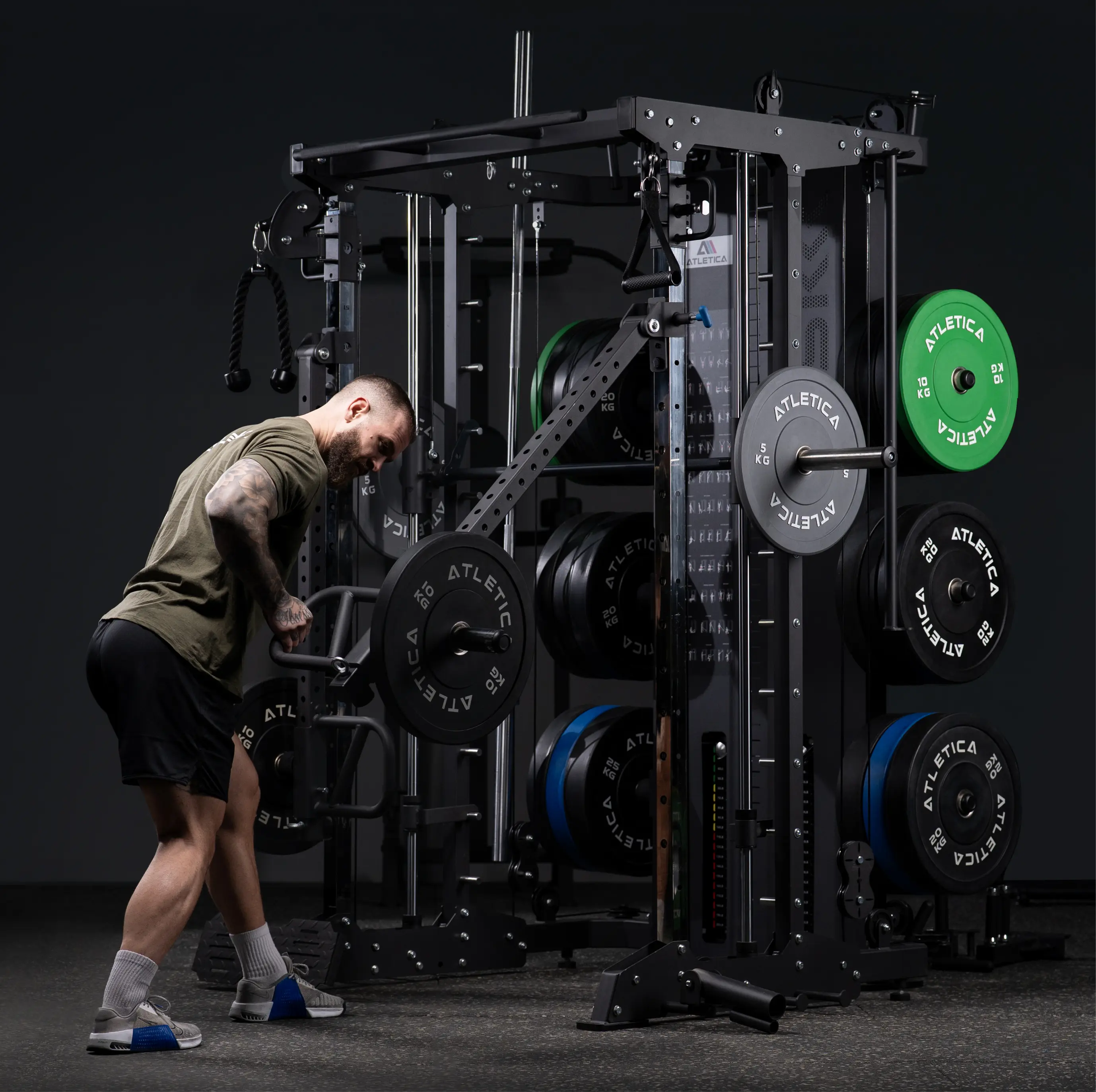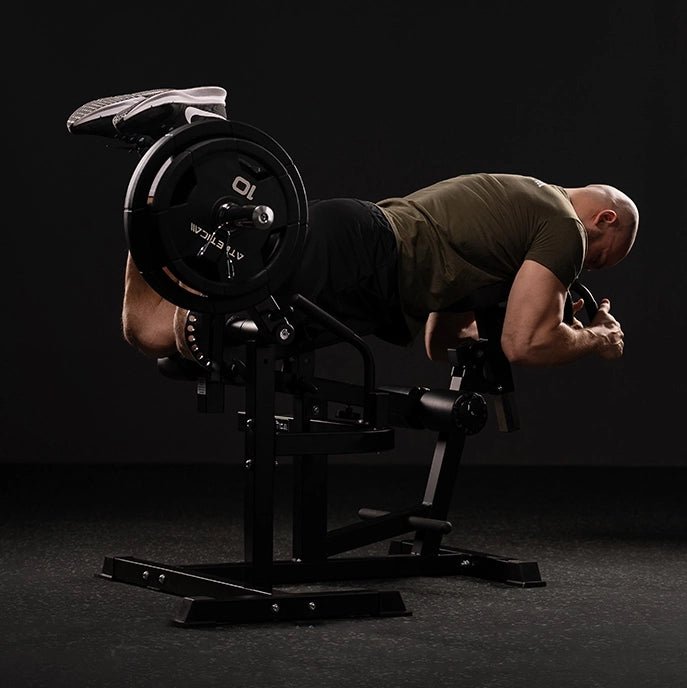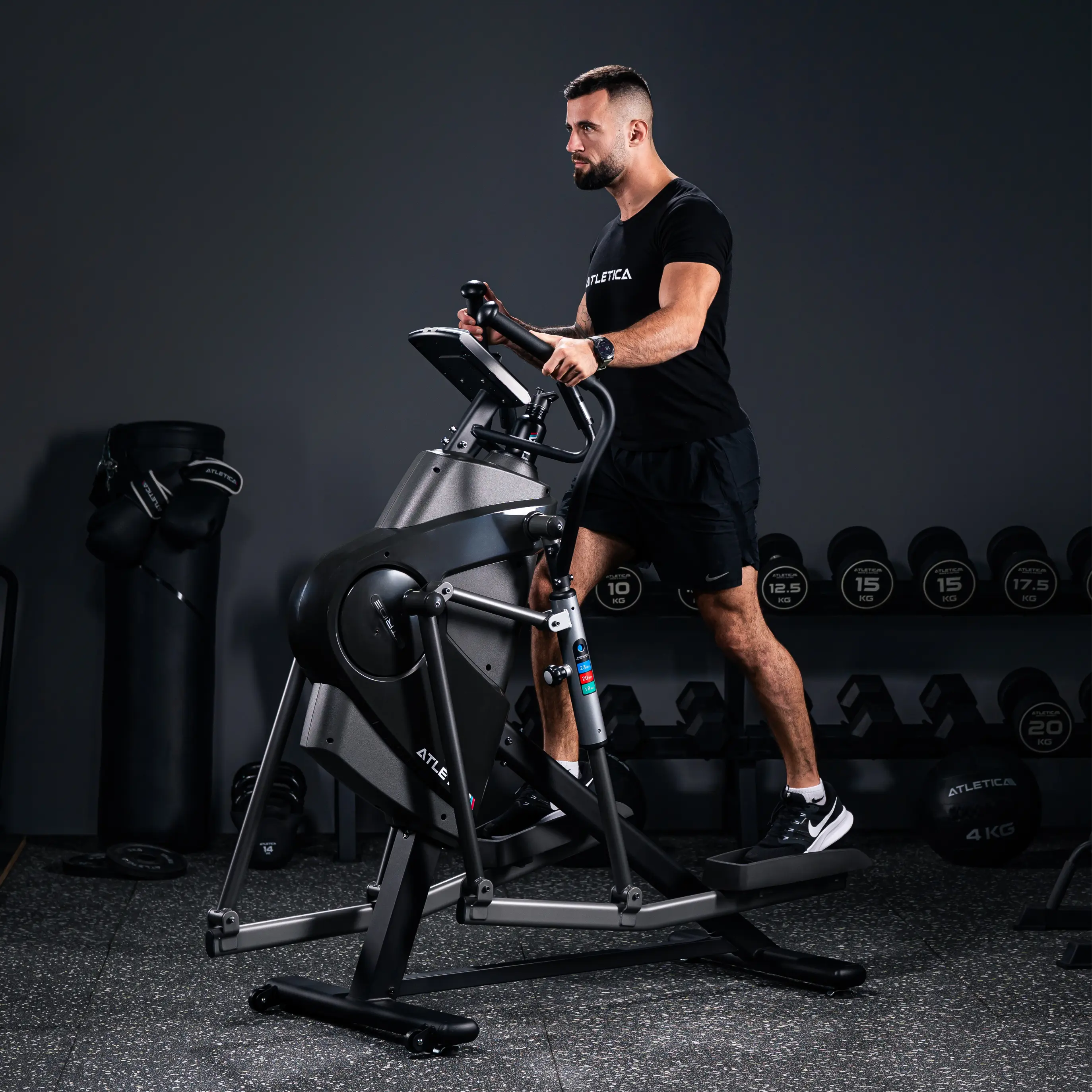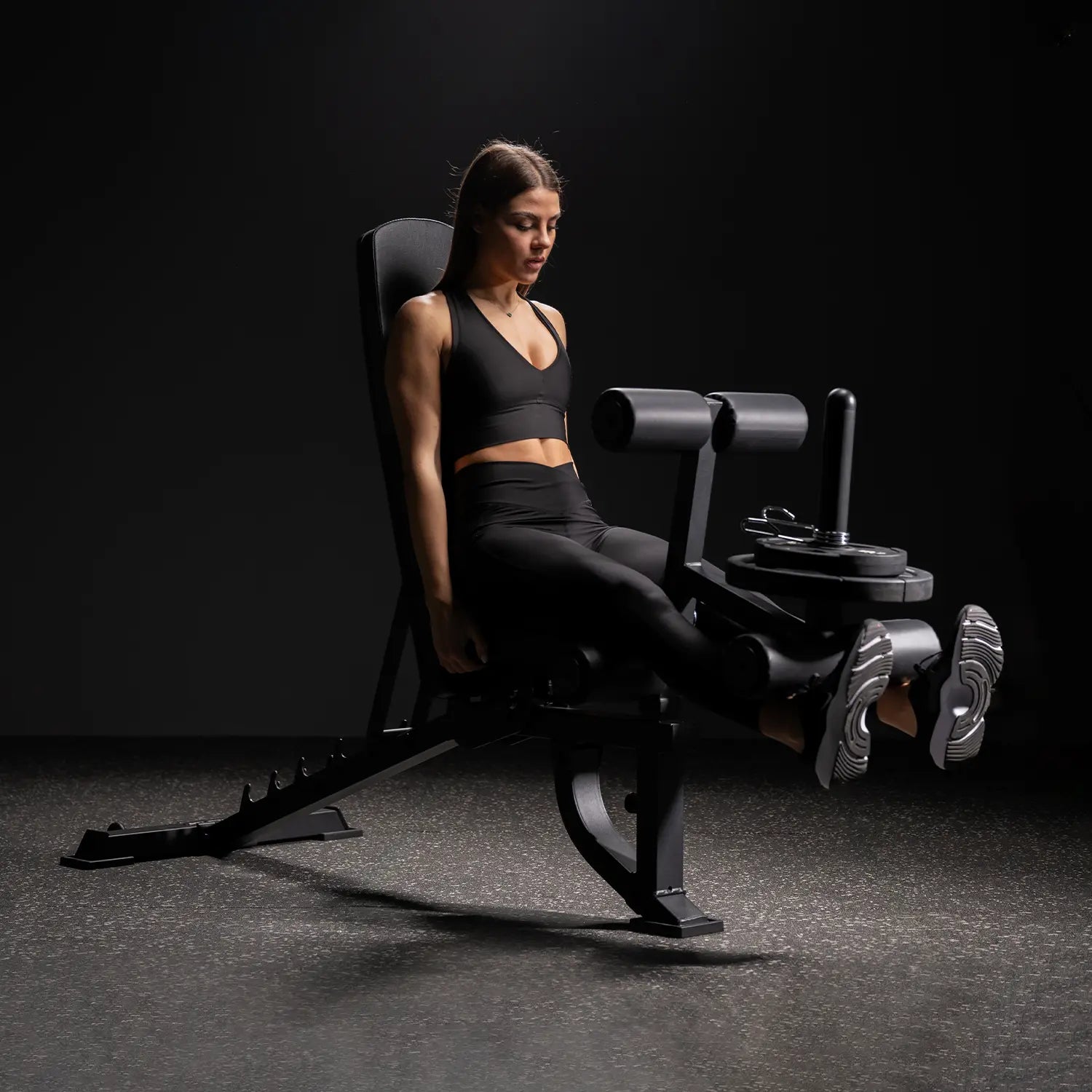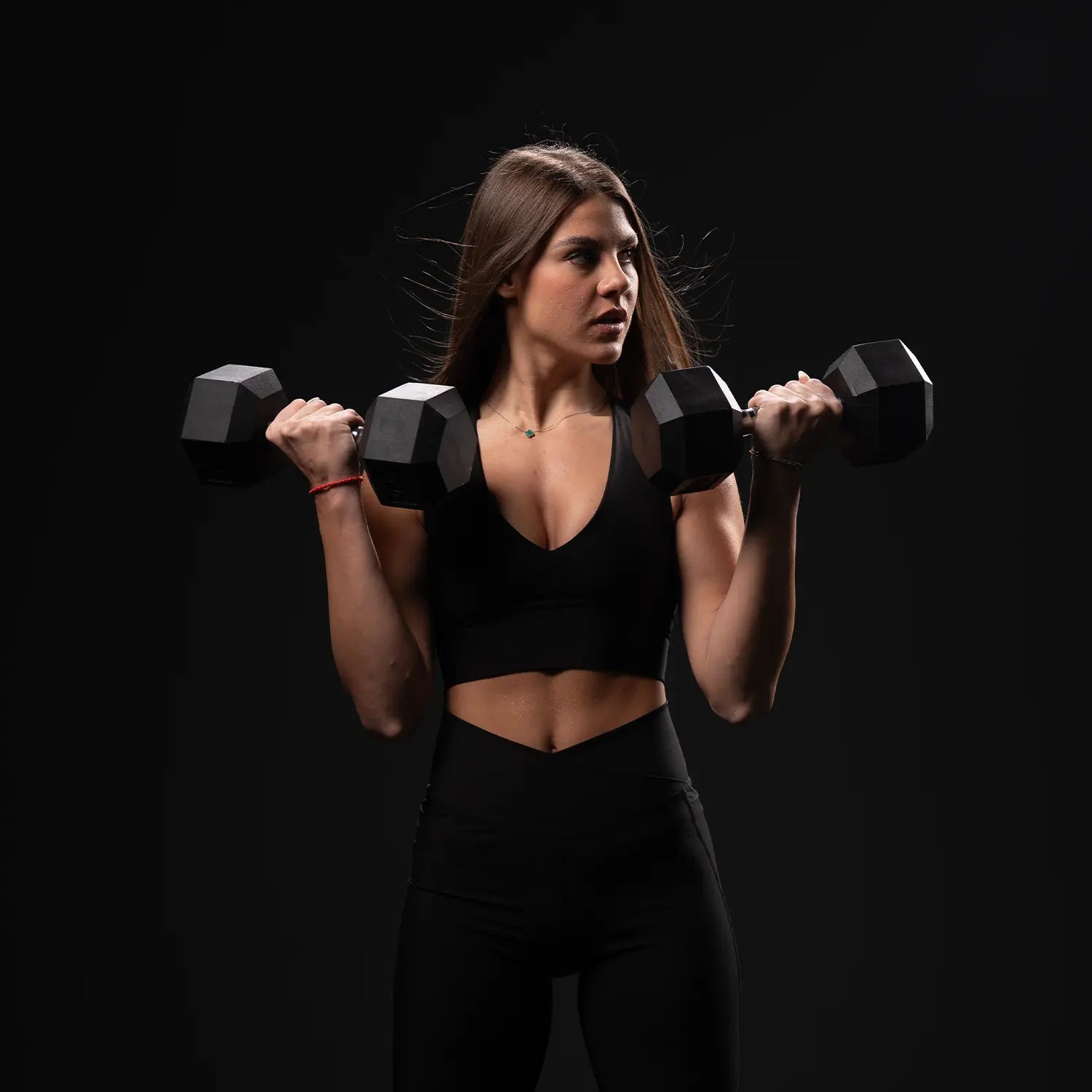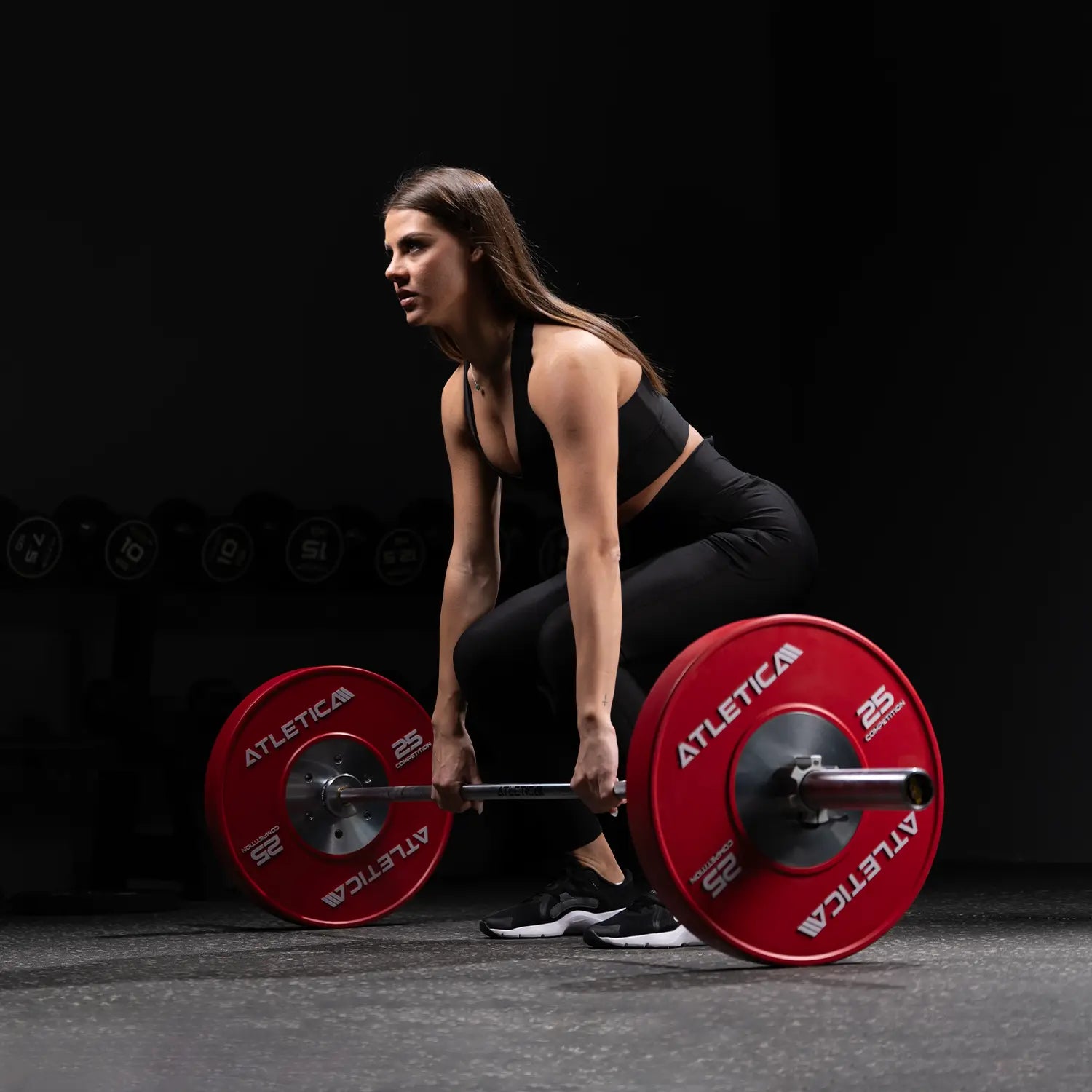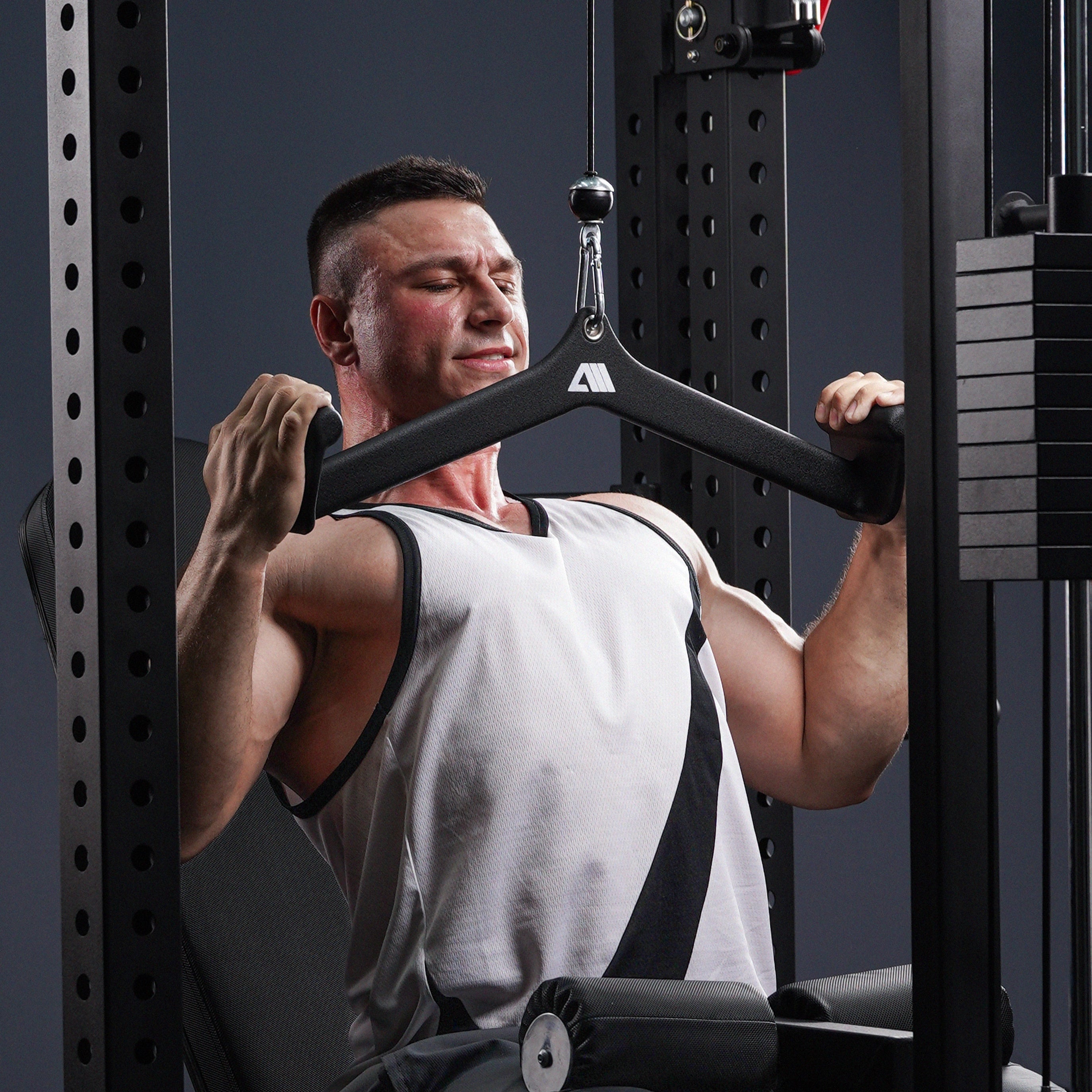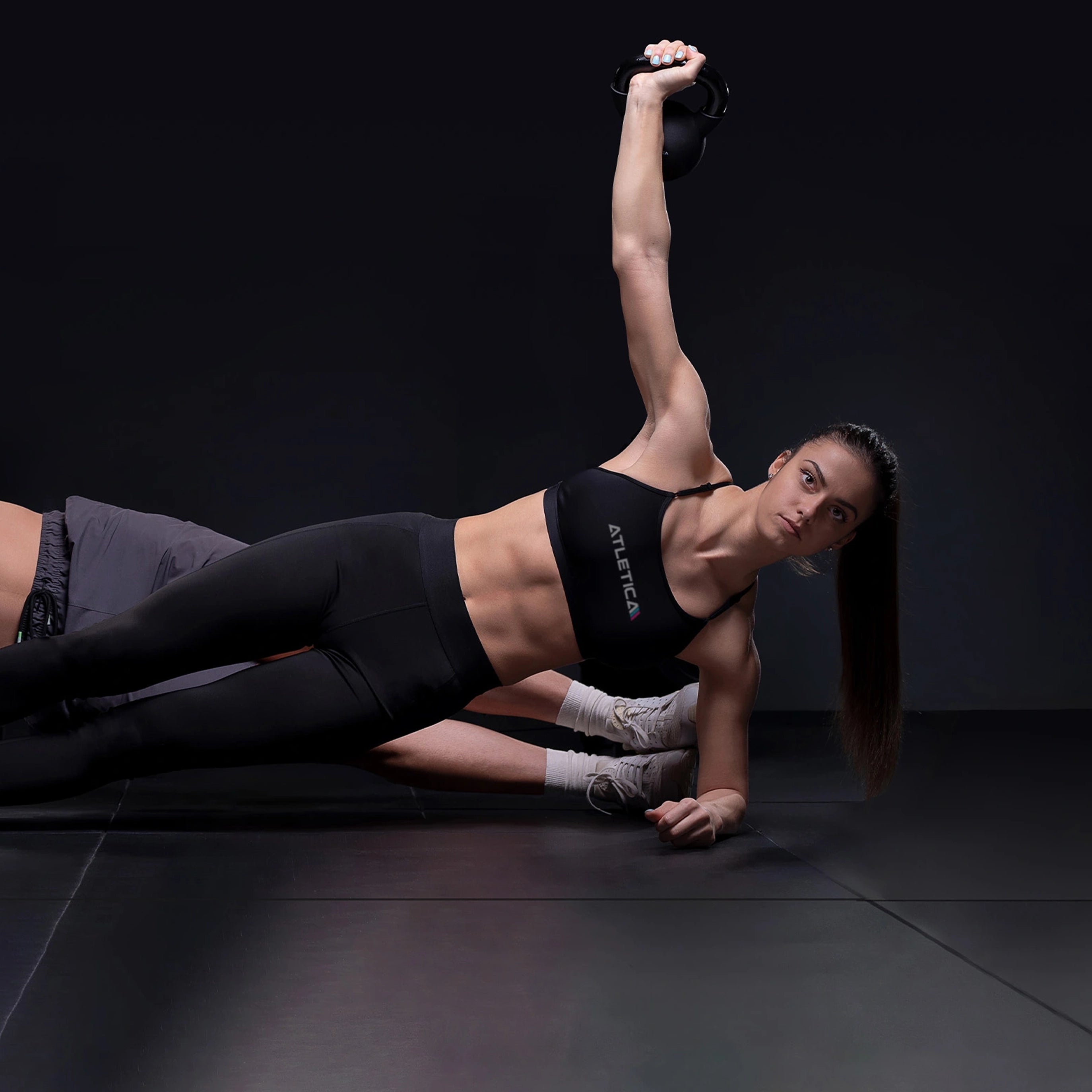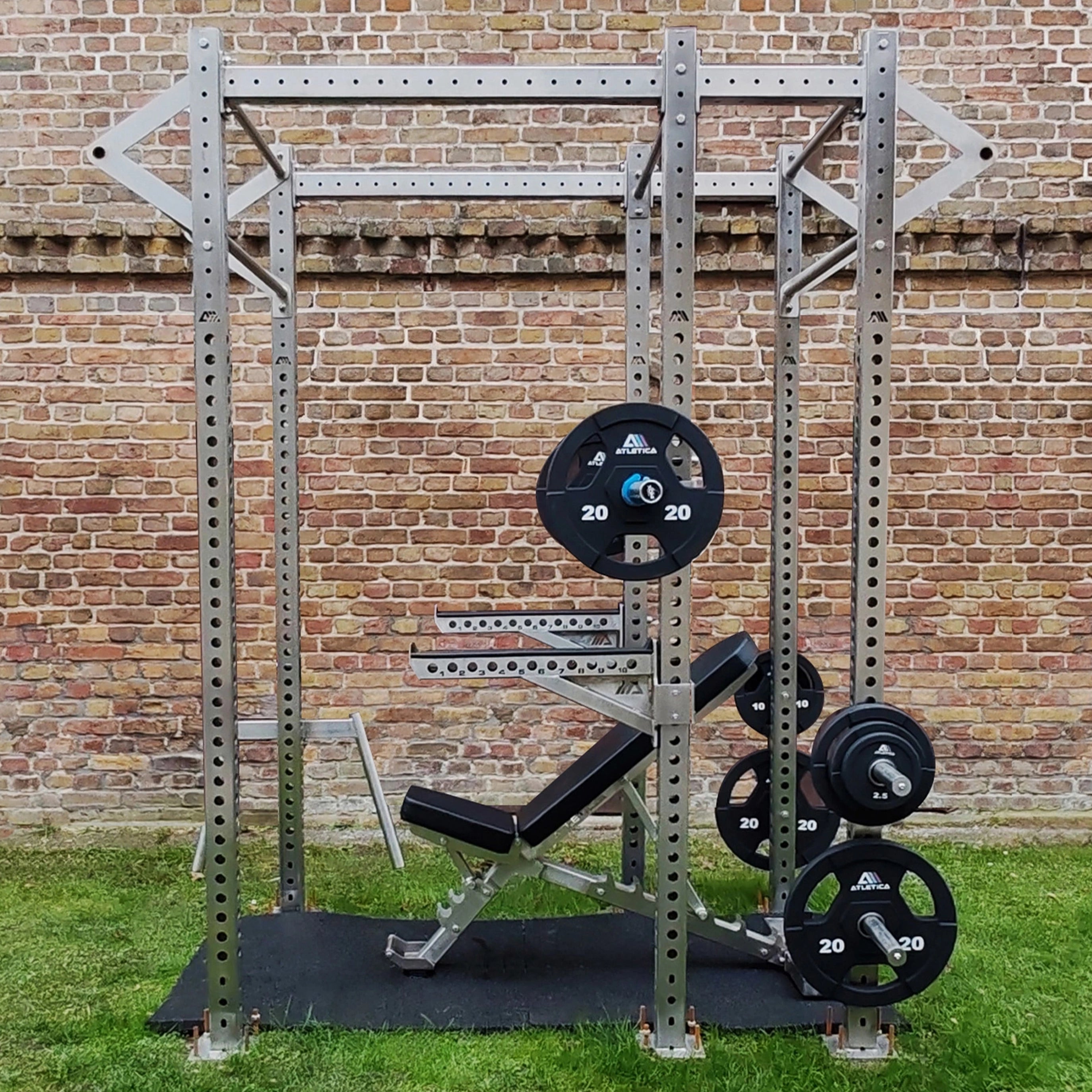A broad back is not only a sign of strength, but also contributes to impressive posture. In today's blog post, we'll show you the 5 best exercises that specifically build your back and broaden your shoulders. These exercises will not only help you make your back muscular and defined, but also improve your posture and stability. Ready to lay the foundation for a broad back? Then let's get started!

1. Pull -ups
Pull-ups are among the most effective exercises for strengthening the back muscles and broadening the shoulders. They activate almost all the muscles of the upper body and are especially good for shaping the broad back and shoulder areas.
Here's how:
- Grip a pull-up bar with your hands slightly wider than shoulder-width apart.
- Pull yourself up with your arms until your chin clears the bar. Make sure your body stays straight.
- Lower yourself slowly and in a controlled manner until your arms are fully extended.
- Repeat the movement for 8–12 repetitions in 3–4 sets.
Why it works:
Pull-ups are a perfect exercise for activating the latissimus dorsi muscles (the broad back muscles). The pulling motion and lifting of your own body weight targets the back, resulting in a broader and more defined upper body.
Tip: If you are a beginner, you can get support with a resistance band or train on a pull-up machine to make the exercise easier.
2. Lat pulldowns
Lat pulldowns are a great alternative to pull-ups, providing a similar effect without having to lift your own body weight. This exercise is especially good for developing the latissimus muscles, which are responsible for a broad back.

Here's how:
- Sit at the lat pulldown machine and grab the bar with a wide grip (slightly wider than shoulder-width).
- Pull the bar down until it is about chest height while pulling your elbows down and back.
- Make sure to lean your upper body slightly backward and not raise your shoulders.
- Let the bar rise slowly and in a controlled manner until your arms are fully extended.
- Repeat the movement for 10–12 repetitions in 3–4 sets.
Why it works:
Lat pulldowns directly target the latissimus dorsi, the muscle responsible for back width. This exercise helps increase back size and definition while strengthening the shoulder and arm regions.
Tip: Focus on controlling the movement with your shoulders rather than your hands. This will ensure better back activation and prevent the biceps from taking over too much work.
3. Seated Cable Rows
Cable rowing is an effective exercise for strengthening the entire back muscles and promoting back width. It's especially good for the upper back and shoulders and helps build good posture.
Here's how:
- Sit on the cable machine, place your feet flat on the platform, and grasp the rowing handle with both hands.
- Pull your shoulders back, tighten your stomach and sit up straight.
- Pull the handle towards your torso by pulling your elbows back and squeezing your shoulder blades together.
- Hold the position briefly before slowly moving the handle forward again until your arms are fully extended.
- Repeat the movement for 10–12 repetitions in 3–4 sets.
Why it works:
This exercise activates the latissimus and rhomboid muscles, which are crucial for back width and definition. The controlled pull of the handle promotes both back width and upper back muscles, resulting in a strong and stable back.
Tip: Make sure to control the movement with your elbows rather than using your hands. This will place more strain on your back and maximize the effectiveness of the exercise.

4. T-Bar Row
The T-bar row is an excellent exercise for strengthening the back muscles, especially the lats and mid-back muscles. It offers a different variation of the rowing exercise and allows you to work with heavier weight to build more mass and width in your back.
Here's how:
- Stand with your feet shoulder-width apart and your knees slightly bent. Grab the T-bar or handle (depending on the model) with both hands.
- Bend your upper body forward so that your back is almost parallel to the floor.
- Pull the bar backward with your elbows while pulling your shoulder blades together. Make sure to keep your back straight and your torso stabilized.
- Slowly lower the bar until your arms are straight.
- Repeat the movement for 8–12 repetitions in 3–4 sets.
Why it works:
T-bar rowing targets the middle and upper back muscles and is especially effective for broadening the back. The movement places more weight on the back, resulting in greater muscle development while improving posture.
Tip: Make sure your back stays straight throughout the exercise. Avoid swinging your movements—the exercise should be performed in a controlled manner to optimally activate the back muscles.
5. Face Pulls
Face pulls are a great exercise for strengthening the rear delts and upper back muscles. They not only help broaden the back, but also promote good posture and improve shoulder stability.
Here's how:
- Stand at a cable machine and attach a rope to the top pulley.
- Grab the rope with both hands and stand about one step away from the machine with your knees slightly bent.
- Pull the rope toward your face with both hands, pushing your elbows out and back. Be careful not to hunch your shoulders.
- Hold the above position for a moment while pulling your shoulder blades together, then slowly lower the rope back down.
- Repeat the movement for 12–15 repetitions in 3–4 sets.

Why it works:
Face pulls are particularly effective for activating the rear shoulders and upper back muscles. They help improve shoulder stability and promote broader back muscles. They're also perfect for posture correction by helping to avoid overuse of the front shoulders.
Tip: Make sure you control the movement with your elbows and not with your hands to better activate your back muscles and keep your upper body stable.


